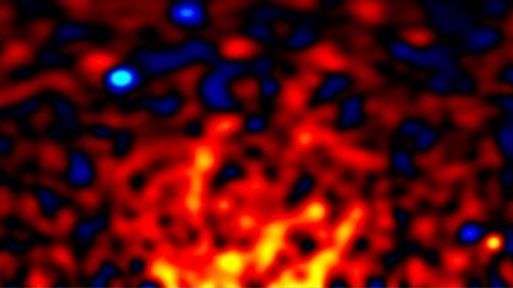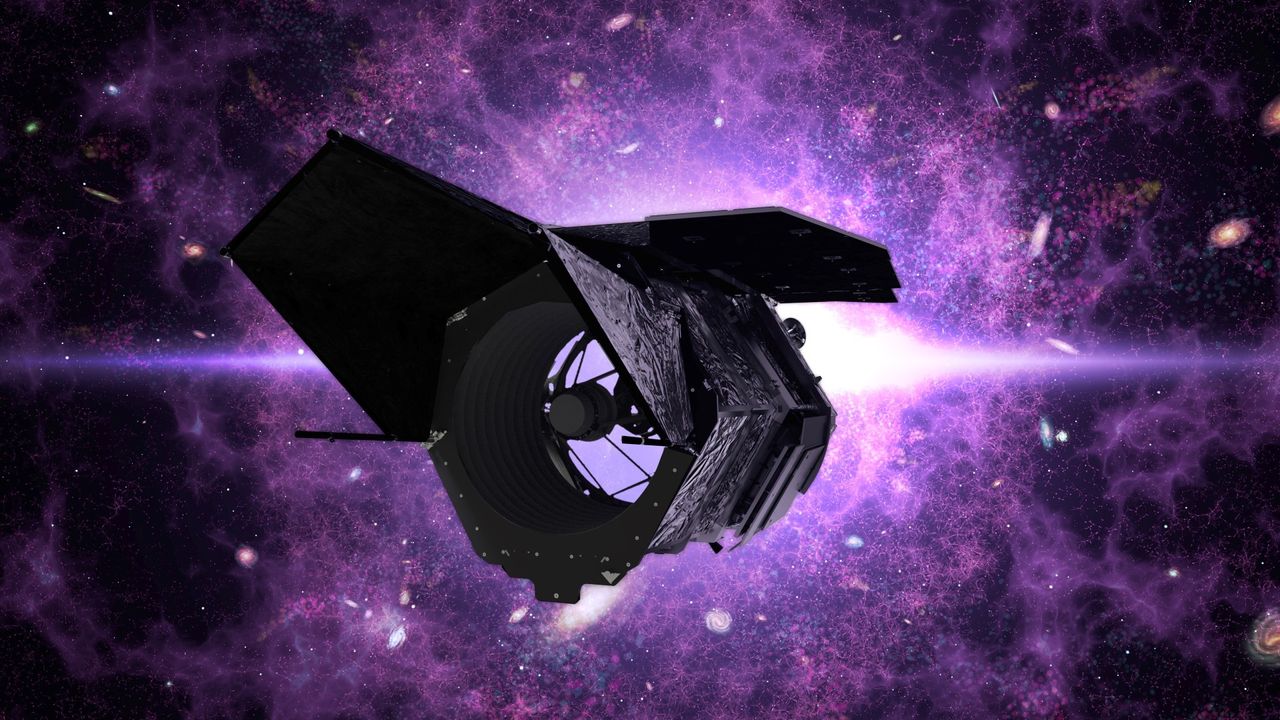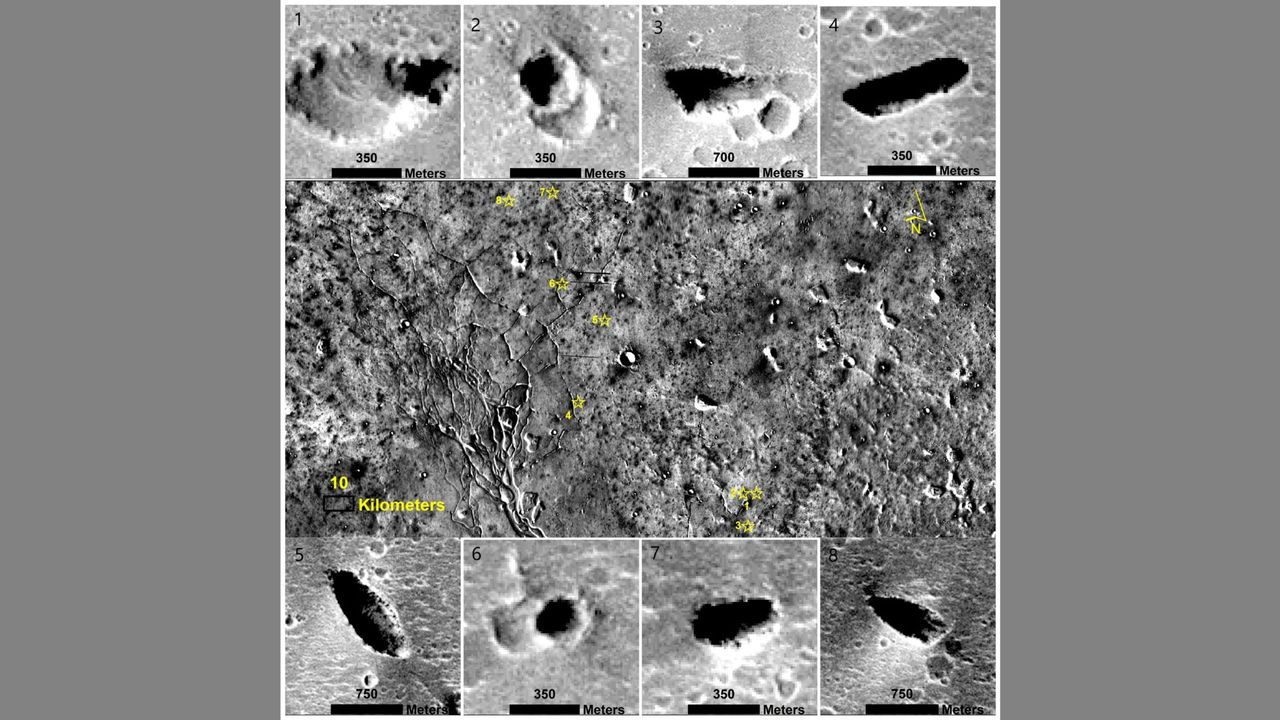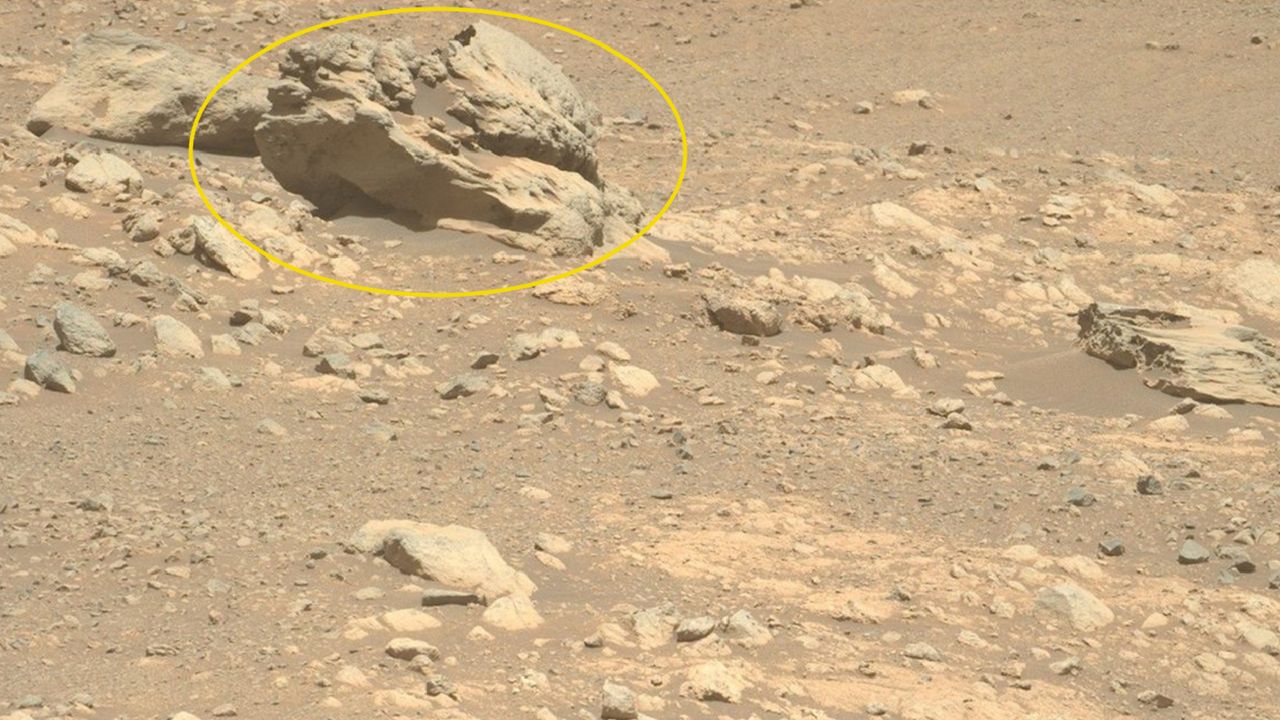After 5 years on Mars, NASA's Perseverance rover may have found its 1st meteorite (photos)
PositiveScience
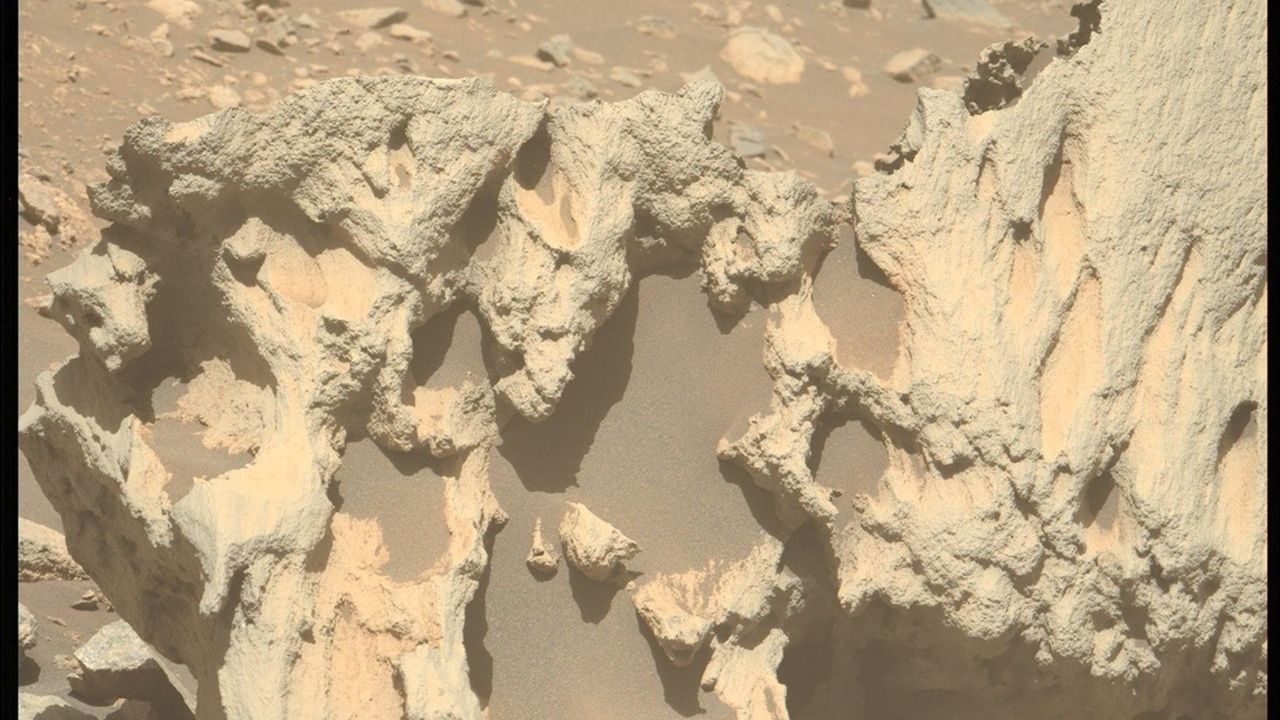
- NASA's Perseverance rover has potentially identified its first meteorite on Mars, nicknamed 'Phippsaksla.' This discovery marks a significant milestone after five years of exploration on the Martian surface, as the rock appears to be unlike any previously documented on the planet.
- The identification of 'Phippsaksla' is crucial for NASA, as it may provide insights into the history of Mars and the materials that have impacted its surface. Understanding the origins of such meteorites can enhance knowledge about the solar system's formation and the processes that shape planetary bodies.
- This finding aligns with ongoing investigations into Mars' geological history and the search for ancient life, as recent analyses have suggested that evidence of past life may be hidden within the planet's extensive cave systems. The discovery of extraterrestrial materials could further inform scientists about the environmental conditions that existed on Mars in the past.
— via World Pulse Now AI Editorial System
